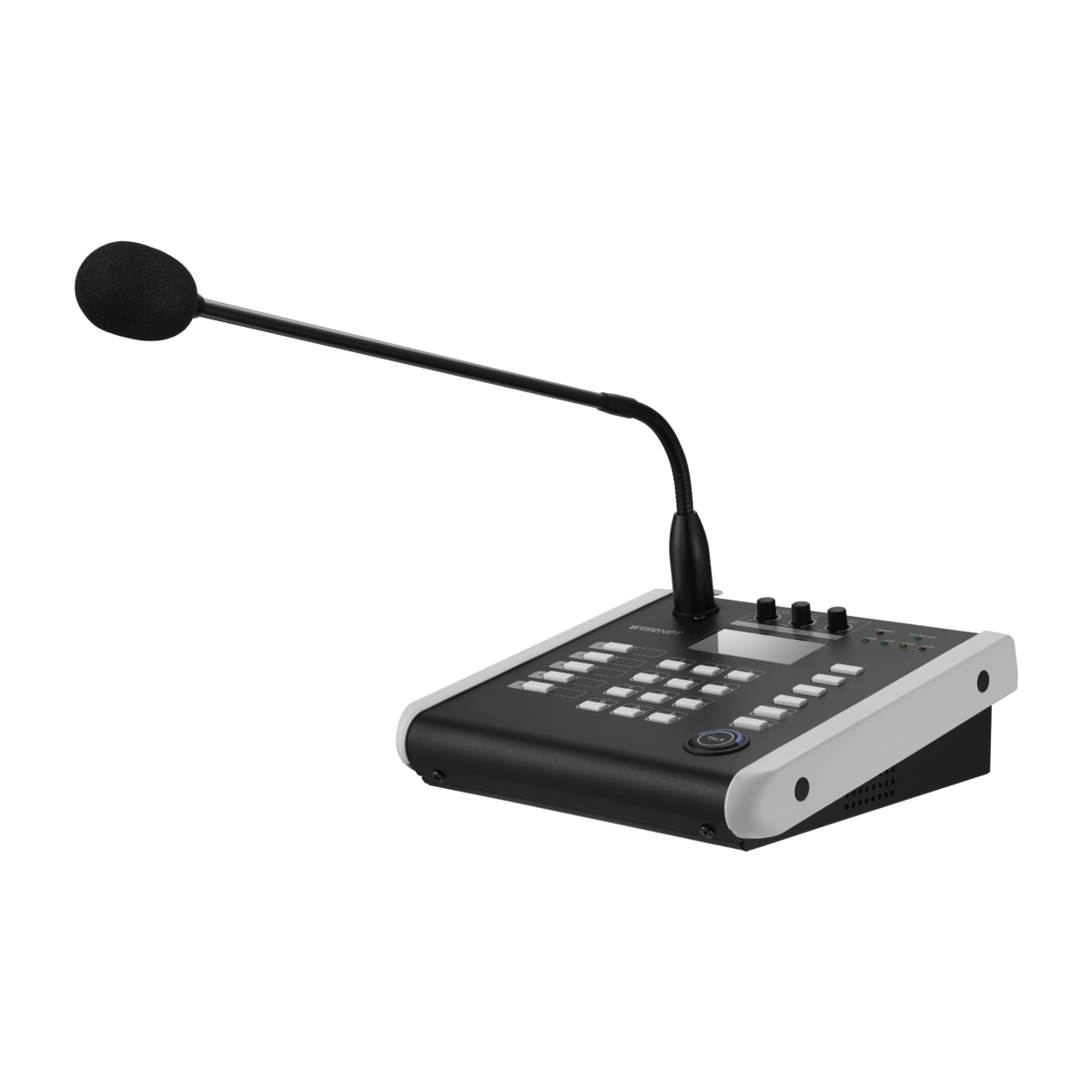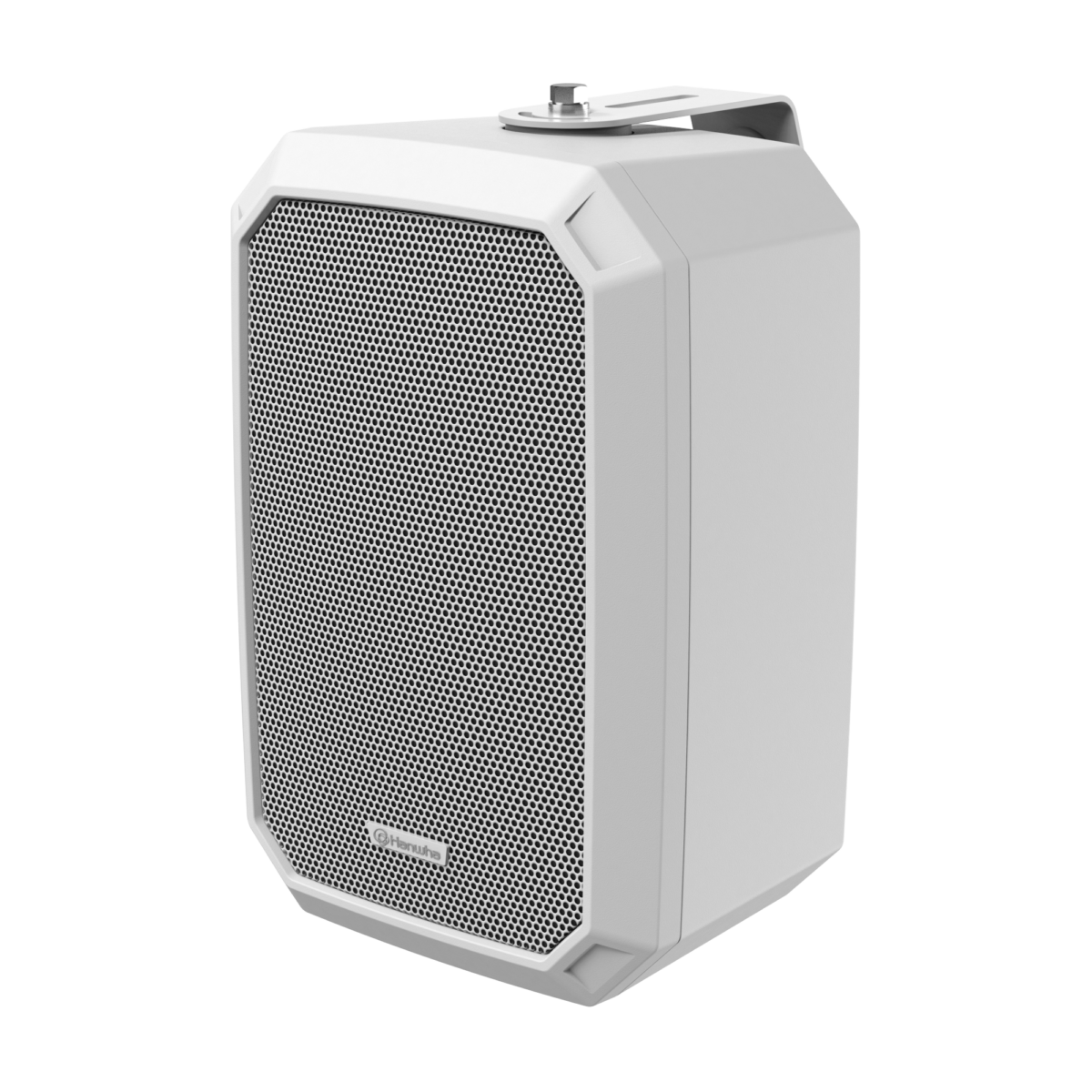
Introduction

In today’s rapidly advancing security landscape, organizations like SAC Distribution Center must leverage every technological tool available to protect assets, optimize operations, and mitigate risk. Among these tools, IP Audio systems—comprising networked speakers, microphones, and audio servers—play a pivotal role. When augmented with AI, they become even more valuable, enabling advanced sound analytics, intelligent alerting, and seamless integration into existing security ecosystems.
In this article, we’ll explore how SAC can elevate security using IP Audio, particularly with AI enhancements. We’ll break down the essential components, outline the benefits, and provide practical implementation strategies tailored to a distribution center environment.
Understanding IP Audio: What It Is and Why It Matters
2.1 IP Audio Device Fundamentals ip-audio-device-fundamentals
IP Audio refers to systems that transmit audio data over modern IP networks (LAN, WAN, Ethernet, Wi-Fi, etc.), instead of traditional analog wiring. The core components include:
-
IP Audio Devices: Hardware like powered speakers or ceiling units with onboard network interfaces.
-
IP Microphones: Network-enabled microphones—either standalone or integrated into fixtures—that stream audio over IP.
-
Audio Servers: Centralized units managing audio streams, scheduling, routing, and AI processing.
-
Audio Management Software: Applications that orchestrate audio—including live paging, recorded playback, and AI event monitoring.
This architecture enables scalability, remote management, and integration with modern IT infrastructure.
IP Speakers vs. IP Microphones
-
Device Type Primary Function IP Speaker Broadcast pre-recorded messages or live paging, act as public address units. IP Microphone Capture ambient audio—used for announcements, two-way communication, or analytics (e.g., gunshot detection). Both devices coexist in the broader IP Audio ecosystem and often connect to an Audio Server that coordinates audio flows and analytics.
Components of IP Audio Systems
-
-
3.1 IP Audio Devices: Roles and Use Cases
-
IP Speakers: Used for:
-
Safety announcements (e.g., “Evacuate now!”),
-
Operational alerts (“Dock 3 inbound, please prepare”),
-
Environmental messaging (e.g., shift changes, break times).
-
-
IP Microphones: Employed for:
-
Ambient sound monitoring,
-
Live paging or intercom,
-
AI analytics (detecting glass break, shouting, crowd noise).
-
These integrate through network switches to the Audio Server, forming a comprehensive audio communication and monitoring framework.
-
-
Audio Server & SAC Distribution Center Integration
An Audio Server serves as the brain of the system. It orchestrates:
-
Live and scheduled audio broadcasts,
-
Stream recording and playback,
-
AI-assisted analytics that monitor sound for anomalies.
For SAC’s Distribution Center:
-
The Audio Server connects not only to IP Audio devices, but also to other security infrastructure—like cameras from partners such as Hanwha Vision.
-
This enables centralized alerting, where both audio and video feeds can trigger responses.
-
It also allows AI-powered triggers—for instance, a loud crash near high-value goods can prompt immediate alerts.
AI-Powered IP Audio: Enhancing Security at SAC
4.1 AI Capabilities: Sound Analytics & Intelligent Alerts
AI transforms raw audio into actionable intelligence:
-
Sound Classification: AI models detect specific sounds—glass breakage, alarm bells, sirens, aggressive shouting.
-
Noise Monitoring: Track ambient noise levels; detect spikes that could indicate an incident.
-
Behavioral Detection: Identify anomalies (sneaky footsteps, unauthorized machinery).
-
Automated Response: Upon detection, the system can:
-
Trigger broadcasts (e.g., “Attention: Suspicious activity detected”),
-
Alert security staff with audio-visual packages,
-
Initiate recording or camera focus—integrating with CCTV.
-
Operational Benefits in a Distribution Center Setting
For SAC, these AI capabilities translate into:
-
Rapid Incident Identification: Audio cues like a glass drop can trigger preemptive action.
-
Augmented Surveillance: Audio adds context to video; sound can detect out-of-view zones.
-
Hands-Free Interaction: Security operators can receive alerts with minimal manual oversight.
-
Scalable Coverage: IP Audio systems can be deployed cost-effectively across large areas without physical wiring constraints.
-
Data & Analytics: Capture metrics—incident occurrences, types, locations—for continuous improvement.
Implementation Guidelines for SAC Distribution Center
-
Robust Network Design: Segregate IP Audio traffic via VLANs, ensuring minimal interference and quality of service (QoS) for audio.
-
Hardware Planning:
-
Speakers: Place in high-traffic zones (loading docks, packing zones).
-
Microphones: Position near sensitive areas (valve rooms, security gates).
-
Redundancy: Dual-network pathways and backup servers to ensure uptime.
-
-
Integration:
-
Tie into the existing security backbone—CCTV, access control.
-
Establish clear protocols for API or hardware triggers between Audio Server and SAC’s security control room.
-
Security & Privacy Considerations
-
Encryption: Secure audio data in transit and at rest.
-
Access Control: Limit who can listen to live feeds; maintain audit logs of access and broadcasts.
-
Privacy Zones: Mask audio monitoring in private areas or employee lounge spaces.
-
Compliance: Ensure adherence to local laws on audio surveillance and employee consent.
Scalability & Management
-
Modular Deployment: Start with high-priority zones, then scale out.
-
Centralized Management: Use software to schedule broadcasts (shift-change announcements), manage devices, monitor system health.
-
Analytics Dashboard: Track AI detections, false positives, and performance.
-
Maintenance Protocols: Set schedules for firmware updates, audio testing, pre-announcement drills.
Best Practices & Use Cases
-
Glass Break Detection: A pallet stack collapses; AI recognizes the shattering sound and sends an alert tied to that camera zone.
-
Unauthorized Entry Alert: A microphone captures footsteps after hours; an audio alert is sent to security with corresponding camera footage.
-
Fire Drill & Evacuation: IP Speakers broadcast live commands (“Proceed to Exit B”); AI confirms ambient noise changes indicating movement.
-
Operational Paging Mistake: Wrong goods are dispatched; staff page the mistake, which is automatically logged for training review.
Troubleshooting & Maintenance
-
-
Network Issues: Use VLAN tagging to isolate audio and monitor packet loss or latency.
-
False Alarms: Periodically retrain AI models and adjust sensitivity in noisy environments.
-
Audio Quality: Regularly test microphones for distortion or damage; calibrate playback volume in speakers.
-
Firmware Upkeep: Maintain recommended schedules for patching IP Audio devices to avoid vulnerabilities.
-
Conclusion
SAC Distribution Center has everything to gain by integrating IP Audio systems—particularly when enhanced by AI sound analytics. This combination enables rapid detection of incidents, seamless integration into broader surveillance infrastructure, and operational agility across sprawling distribution zones.
By deploying IP Audio Devices (speakers and microphones), connecting them through a resilient Audio Server, and enhancing with AI intelligence, SAC can amplify its security posture, minimize risks, and empower staff with real-time situational awareness.
External Resources & Further Reading
Here are curated external resources to explore in-depth technologies and best practices related to IP Audio and AI in security:
-
“IP Audio Fundamentals: A Guide to Networked Audio Systems” – A technical primer covering architecture, protocols (e.g., Dante, SIP-based audio).
Link: IP Audio Fundamentals Guide (fictional placeholder) -
“AI-Driven Sound Analytics in Security” – Whitepaper on sound recognition technologies, accuracy, and deployment in surveillance.
Link: AI Sound Analytics Whitepaper -
Vendor Documentation
-
Hanwha Vision: Insights into integrating audio with video surveillance.
Link: Hanwha Vision Integrated Solutions
-
-
Industry Standards
-
ONVIF Audio Profiles: Ensuring interoperability across IP Audio and video systems.
Link: ONVIF Specifications
-
-
Case Study: Warehouse Security Upgrades with AI
Overview of how automated audio triggers reduced response times.
Link: [Warehouse AI Audio Case Study] (fictional placeholder)
